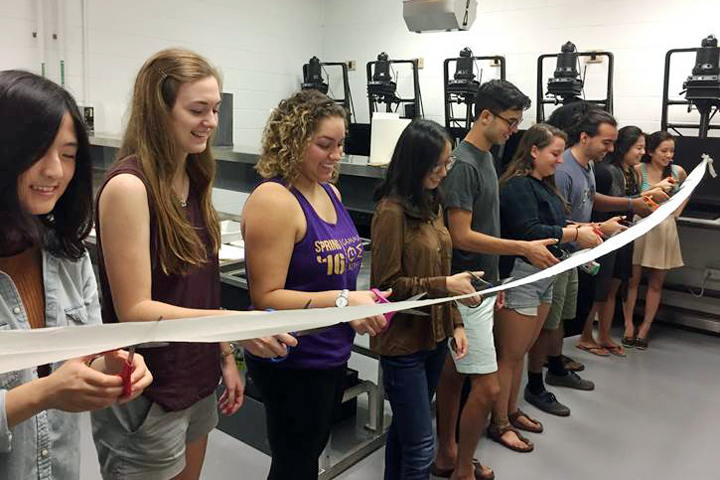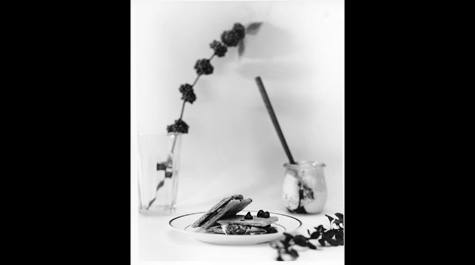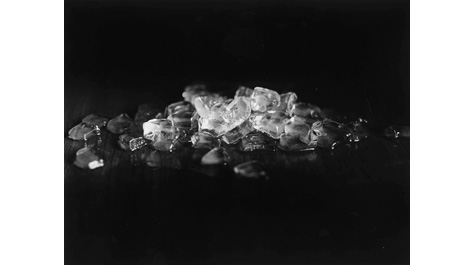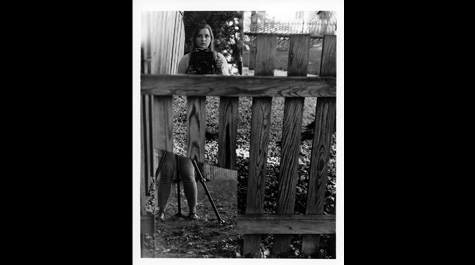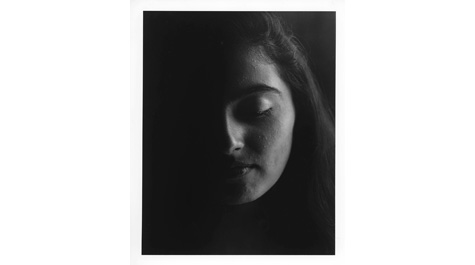Picture this
W&M photography program continues to expand
After two years of work and planning, the lights didn’t go on in William & Mary’s Andrews Hall 215. And that’s a good thing.
Since W&M launched its first art photography classes, students have been working in a forgotten darkroom in the basement of Millington, believed to have housed The Flat Hat’s photographers before the advent of digital photography. Now students in the fledgling photography program have their own darkroom and photo classroom.
Eliot Dudik, visiting assistant professor of photography, has been working to outfit Andrews 215 as a full photo classroom – ordering equipment, building an internal darkroom, moving plumbing and installing sinks and enlargers for developing prints.
The expansion has allowed Dudik to teach more sections of Introduction to Photography in his own unique way. Most intro classes see students using either 35mm or digital cameras, but in Dudik’s class, students shoot with large-format cameras, the ones with bellows and the dark cloths the photographers have to keep over their heads. Think 1800s.
“No program I’ve heard of starts students off with a large-format camera, which is just a totally different way of working,” Dudik said. “Students make fewer images, but each image is much more considered. They have a higher success rate in making images that actually communicate something, are technically well-exposed, well-developed and well-printed.”
Dudik, who uses the large cameras in his own professional work, said they also help students grok the essence of photography as capturing light.
“It’s as simple as it gets,” he said. “It’s just a box with a lens and ground glass on the back end, which you replace with a sheet of film. You can put your hand inside the camera and see there’s nothing in there. The opposite of that would be our modern digital cameras, which are full of circuit boards and wires and all sort of things. But through its flexibility, the large-format camera can simultaneously be one of the most complicated, technically, to use.”
Students then hand-process large negatives in the darkroom and create prints on paper of higher quality than the normal Intro to Photography stock.
“It’s pretty breathtaking, what they’ve been making with these cameras and with this process,” Dudik said.
Which just makes W&M picture-perfect.














